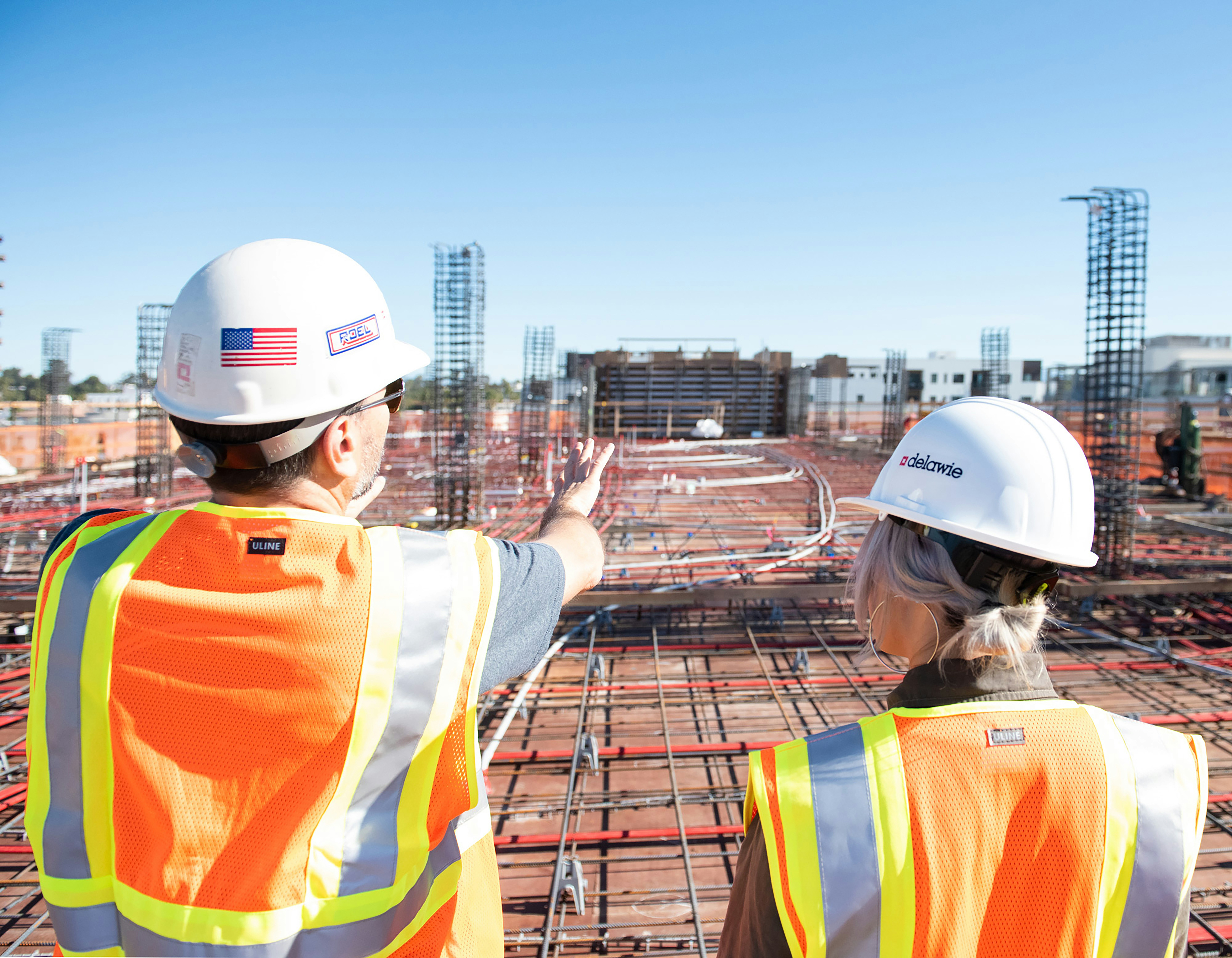
The most pro-growth component of tax reform

President Trump has signed into law the “One Big Beautiful Bill Act” (OBBBA), a sweeping package combining tax reform and spending changes. One provision stands out for its pro-growth potential: permanent full business expensing. As the debates swirled over the fiscal cost and Medicaid reforms, NBER published a new research paper I co-authored with National Economic Council director Kevin Hassett and Joshua Rauh in NBER’s Working Papers series. The paper provides compelling evidence that full expensing could deliver some of the strongest pro-growth effects of any tax policy on the table. By improving investment incentives, full expensing enhances capital deepening, a key driver of wage growth and living standards for American workers.
Our study, drawing on granular firm-level investment data and exploiting the natural experiment created by the 2017 Tax Cuts and Jobs Act (TCJA), finds that a one percentage point reduction in the user cost of capital leads to a roughly three percentage point increase in investment. This increase is substantially larger than estimates from earlier literature—namely the estimates used by the Congressional Budget Office—suggesting that firms respond strongly when they are allowed to immediately deduct the full cost of capital expenditures from taxable income.
This finding underscores the permanence of full expensing—the ability to write-off the entire cost of capital expenditures like property, plants, or equipment—is so important. The temporary nature of prior versions—whether in the 2017 TCJA or in the original but unsuccessful House version of OBBBA—creates uncertainty, limiting the policy’s full potential.
When businesses are confident that they can deduct investment costs immediately over the long term, they’re more likely to commit to new capital projects, expand operations, and raise productivity. The inclusion of permanent full expensing for equipment and R&D the final version of the OBBBA recognizes this dynamic and reflects a serious commitment to long-term economic growth.
The economic logic is straightforward. Full expensing reduces the after-tax cost of investment, particularly in equipment and software, which are critical to productivity. Moreover, it shifts the tax base away from investment and toward consumption, which economists broadly agree is more efficient and less distortionary.
Critics point to the bill’s broader fiscal cost, and some concerns about impacts of other provisions are valid and deserve attention. But the expensing provision is both pro-growth and strengthens U.S. firms’ ability to compete globally, especially in a moment when geopolitical and technological rivalry is intensifying.
Some observers worry about the deficit implications of permanent expensing, which are modest in a static score. Yet our results finding positive effects on investment along with dynamic scoring models suggest the long-run economic feedback effects can offset some of the static revenue loss through higher investment, output, and wages. At a minimum, while broad rate cuts are beneficial, full expensing represents a much more targeted and cost-effective growth lever.
In the broader context of tax policy, full expensing has long had bipartisan appeal. It simplifies the code, promotes neutrality, and supercharges investment. Making full expensing permanent is a rare policy that is efficient, evidence-based, and growth-enhancing. Based on the latest empirical evidence, the case for doing so is stronger than ever.
OBBBA made full expensing for capital equipment permanent and for the first time created full expensing for structures, although that expires in 2028. Making full expensing for buildings permanent is a worthwhile pro-growth cause to fight for ahead of the next tax battles ahead of when the current provisions expire.



 ">
">